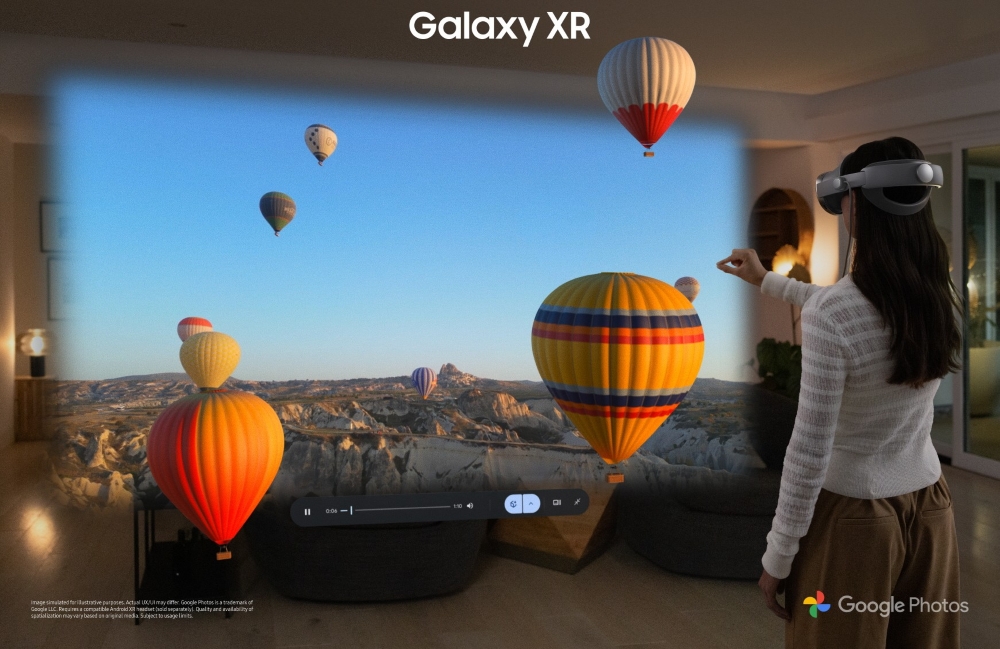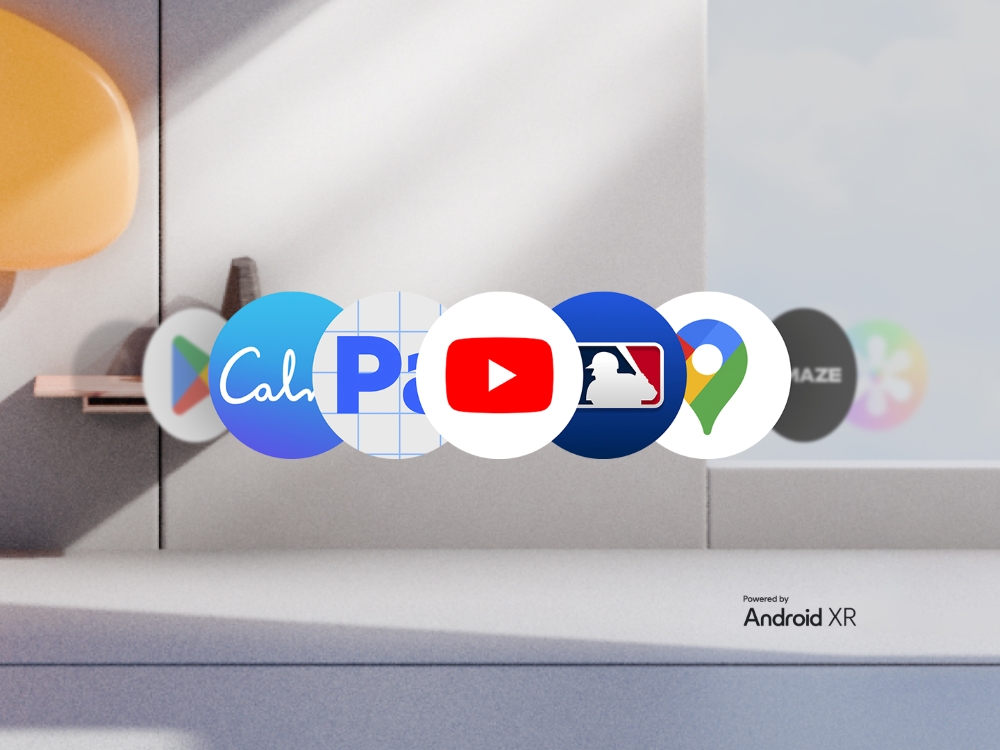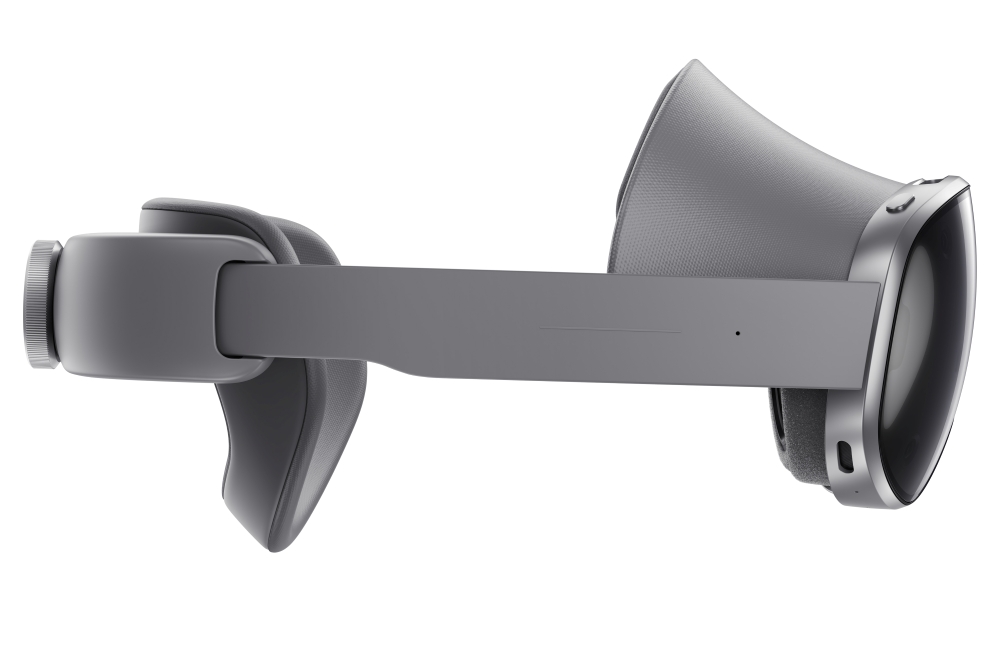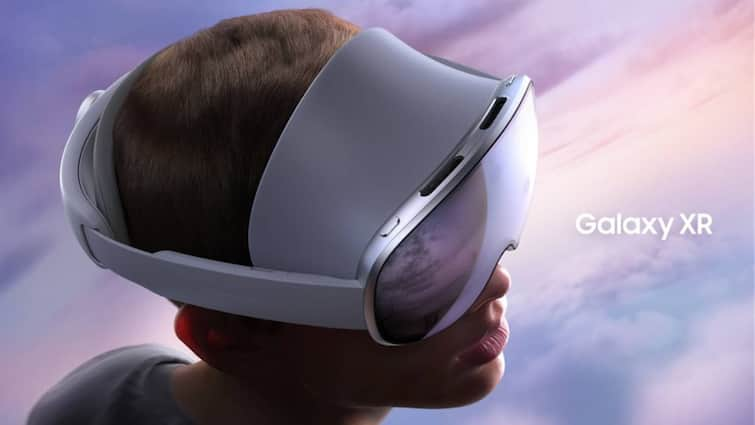Samsung Galaxy XR: Samsung Electronics has stepped into the extended reality (XR) space with the global debut of the Galaxy XR, a headset that blends artificial intelligence with immersive technology. The device marks the first product built on the new Android XR platform, jointly developed by Samsung, Google, and Qualcomm Technologies, and signals the beginning of what the company calls an “AI-native” ecosystem for discovery, play, and work.
“With Galaxy XR, Samsung is introducing a brand-new ecosystem of mobile devices,” said Won-Joon Choi, Chief Operating Officer of Samsung’s Mobile eXperience Business. “Built on Android XR, Galaxy XR expands the vision for mobile AI into a new frontier of immersive and meaningful possibilities, allowing XR to move from concept to everyday reality, for both the industry and users.”
Samsung Galaxy XR Price, Availability, India Launch Details
Samsung Galaxy XR is priced at $1,799.99 (roughly Rs 1.58 lakh) for the 256GB storage variant. This is extremely affordable if you compare with Apple’s Vision Pro, which is priced at $3,499 (roughly Rs 3.08 lakh) for the base 256GB model. The Samsung headset, however, is a bit too pricey when compared with the Meta Quest 3, which was last available at around Rs 45,999 and is currently out of stock in the country.
The Galaxy XR will go on sale starting October 21 in the United States and October 22 in South Korea, with a single variant featuring 16GB memory and 256GB storage. The headset is powered by the Snapdragon XR2+ Gen 2 platform and includes 3,552 x 3,840 Micro-OLED displays with up to 90Hz refresh rate, offering a field of view of 109 degrees horizontally and 100 degrees vertically.
There is no word on the Galaxy XR’s India availability yet.
Built for Multimodal AI Experiences

The Galaxy XR is the first device to embed Gemini, Google’s multimodal AI model, directly into its system. This integration enables natural, intuitive interactions through voice, vision, and gesture. The headset interprets its surroundings and user intent to deliver conversational, human-like responses, effectively functioning as an intelligent companion rather than a simple device.
“Android XR is the first Android platform built entirely for the Gemini era, and we are incredibly excited to take a significant leap forward today with the launch of Galaxy XR,” said Sameer Samat, President of Android Ecosystem at Google. “Through our partnership with Samsung, Android XR will unlock entirely new ways to explore, connect and create.”
Designed for Comfort, Built for Performance

The Galaxy XR uses lightweight materials, a balanced frame, and a separate battery pack for added comfort. A detachable light shield allows users to toggle between fully immersive and mixed-reality experiences.
“Galaxy XR embodies our vision for the future, where the synergy of AI and XR transforms the possibilities of personal computing,” said Alex Katouzian, Group GM of Mobile, Compute & XR at Qualcomm Technologies.
The device supports 2.5 hours of continuous use, immersive 4K Micro-OLED visuals, and spatial audio through its dual-speaker system. Integrated sensors and cameras track head, hand, and eye movement precisely, while advanced microphones capture clear voice input even in noisy environments.
Familiar Apps, New Dimensions

Samsung has optimised the Galaxy XR for popular Google experiences such as YouTube, Google Maps, Circle to Search, and Google Photos. Users can explore cities in 3D maps, ask Gemini for real-time travel suggestions, or transform photos and videos into lifelike 3D recreations.
For creators, the headset supports Adobe’s Project Pulsar, which enables 3D video editing and cinematic layering in an extended-reality environment. Gamers can also interact with Gemini for coaching and gameplay assistance, while sports enthusiasts can watch multiple live matches simultaneously on virtual screens.
Expanding the XR Ecosystem

Samsung’s XR ambitions extend beyond the Galaxy XR headset. The company is developing AI-powered glasses in partnership with Warby Parker and Gentle Monster, combining style with advanced XR capabilities. It is also collaborating with Samsung Heavy Industries to use XR for virtual shipbuilding and industrial training, supported by Qualcomm’s Snapdragon Spaces technology for enterprise applications.
With Galaxy XR, Samsung aims to push XR from concept to reality, creating a foundation for an open, scalable Android XR ecosystem that bridges the gap between artificial intelligence and everyday human experience.


